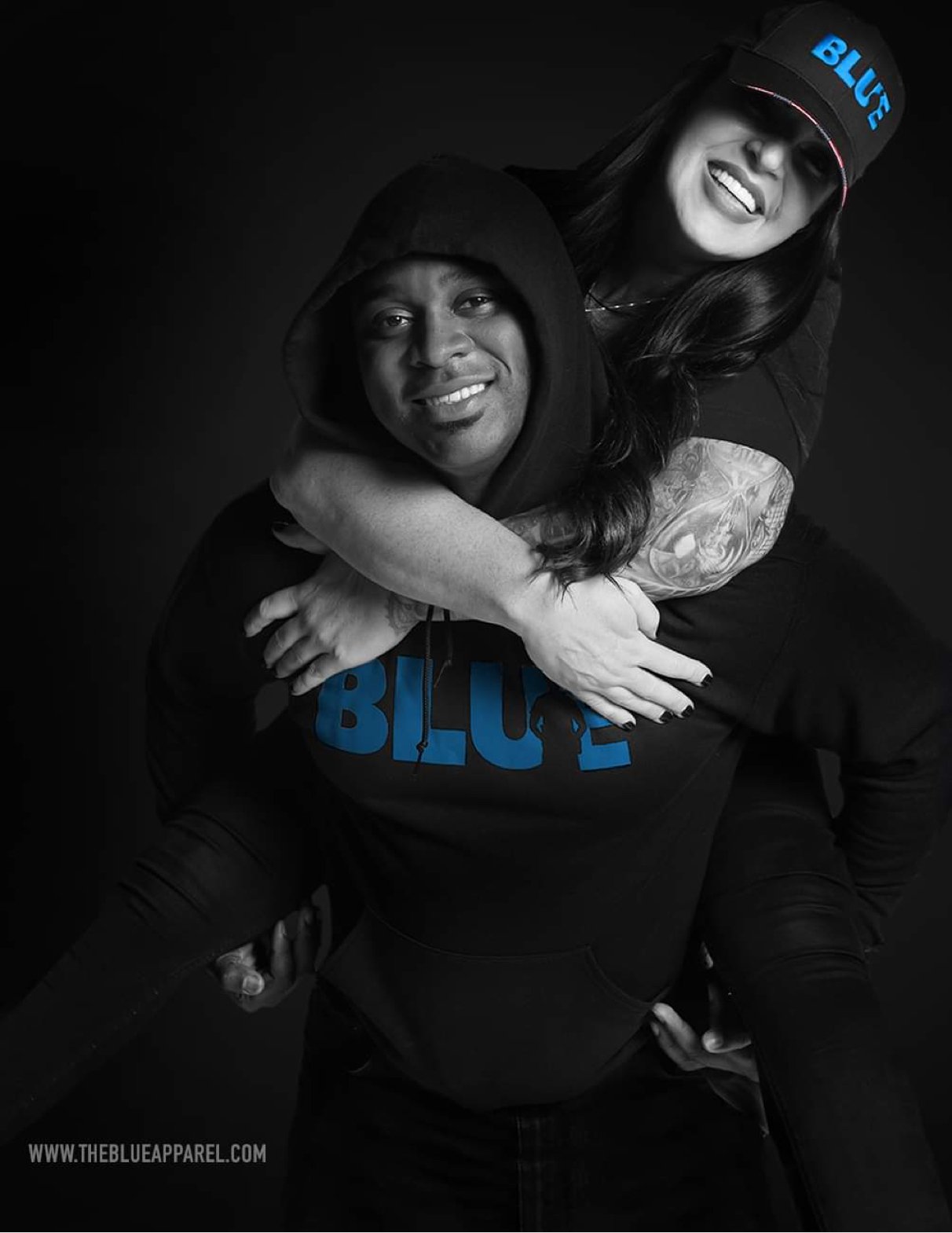Wanting A Do-Over
/At the height of the War On Cops attacks on the profession of policing, there was a move by public school officials to remove law enforcement resource officers from school. The result was inevitable. There has been an increase in student fights and weapons being brought to schools. Why did school officials think this was a good policy? Because they got caught up in all the hysteria based on the George Floyd incident, an incident that had no correlation to school safety. Major public policy change should never be made in an emotional state. A better policy approach is to wait until initial outcry subsides so people can think more rationally than emotionally. Next step is to put together a work group to provide several policy proposals based on an examination of the data and research. I like using what is called the logic model. It is based on asking three simple questions. First: Are you working hard? Second: Are you working smart? Finally: Are you working on the right thing? In other words, if you misdiagnose the problem you think you have, you will apply the wrong treatment.
An important step in policy options methodology is to discuss the potential outcomes of your decision. In other words, assess the pluses and minuses of each option and consider the unintended consequences of changing course. This step is always skipped and when it is, everybody is shocked about the result. I never am. In fact, I often predict it beforehand. Using this model, let’s analyze the misguided emotional-based policy of removing police from public schools. There is enough of a sample size of data to examine.
One news story reports dozens of cities nationwide are reversing course on removing police from schools. In one Nevada school district, a contract to have officers back in schools was renewed after public outcry when fights broke out along with reports of gang violence and bullying. In a New York school district, leaders from a teachers union are begging school officials to put officers back in schools after fights and gang problems arose. In California, an officer was put back into a high school after a student was stabbed to death. In Virginia, this same news story reports that a school superintendent recommended officers be put back in schools after an increase in student disciplinary violations. The National Association of Resource Officers reports that gun incidents in schools between August to October in 2022 tripled.
There are still some however who oppose returning to the original policy of having officers in schools even in light of the data that suggests that the policy change to remove officers from school was short-sighted and led to an increase of disciplinary-related incidents. In Milwaukee, Wisconsin, the Republican-controlled state legislature acted on reports of an increase in school violence in the state’s largest school district by inserting into the new budget several million dollars of funding to put officers back in public schools. This move is being resisted by school officials and other anti-cop groups however.
It’s important in this discussion to go back and look at other liberal social engineering experiments going on with school safety that contributed to this resentment of school resource officers. During former President Obama’s administration, he appointed a former superintendent of the Chicago Public Schools, Arne Duncan, as his secretary of education. Both immediately went to work dismantling policies that removed disruptive students from classrooms that utilized expulsions and suspensions as a student conduct control mechanism. Obama called his social engineering experiment the Rethinking School Discipline program. School districts were discouraged from calling police or reporting even serious safety concerns by students. Obama and Duncan were of the belief that removing disruptive kids from class unfairly targeted minorities. They threatened school districts that current disciplinary policies could constitute, “unlawful discrimination under federal civil rights laws”. Obama looked at everything through the lens of race. To him, the bogeyman of race lurked around every corner of life, even in school discipline policy incidents.
Recall what I said previously about police options methodology and an important step is to examine if your change may have unintended consequences. Large school districts got away from disciplining unruly students under the threat of not receiving federal funding from the Department of Education unless they adopted these soft on conduct policies . They replaced punishment for unwanted behavior with an inane idea of restorative justice. This focused on reasons why a student misbehaved. That is easy to determine in a few minutes. They misbehaved because they are unsocialized miscreants who are not disciplined at home and the behaviors they exhibit outside the classrooms are brought with them inside the classrooms. Schools became a threatening and anxiety-filled place to be for other students. Learning suffered, as well. Chaotic classrooms are not conducive for learning to take place. A child’s biggest challenge is to just survive the school day. Nice job, Barack.
Here is the dilemma for officers going back into schools. First, they must have the full support of the administration, parent groups and school board. These three entities must fight against the false narrative that having an officer in the school is a danger to children attending these schools. A one-size-fits-all policy won’t be sufficient, either. For example, larger urban public schools should be staffed with a minimum of two officers and maybe even three. Schools must return to policies that expel or suspend disruptive students. For officers taking these assignments, be advised that these are assignments fraught with peril. Be aware that if you have to use reasonable force to control a student, the video will go viral and an overzealous, politically active prosecutor may offer you up as a sacrificial lamb to appease the angry mob in this anti-police environment. If the force used is against a black kid, no matter how reasonable the force you use is the race baiters will come out from under their sewer covers. Have you seen some of the fights going on in school hallways? They are vicious. Some level of force will undoubtedly have to be used to quell the melee.
So, this is how we got here. It was a combination of bad ideas and bad policies. Personally, I would not volunteer as a school resource officer in an urban school district. It’s not worth it. But that’s your decision, not mine.
Sheriff David A. Clarke Jr. is former Sheriff of Milwaukee Co, Wisconsin, President of America’s Sheriff LLC, President of Rise Up Wisconsin INC, Board member of the Crime Research Center, author of the book Cop Under Fire: Beyond Hashtags of Race Crime and Politics for a Better America. To learn more visit www.americassheriff.com








